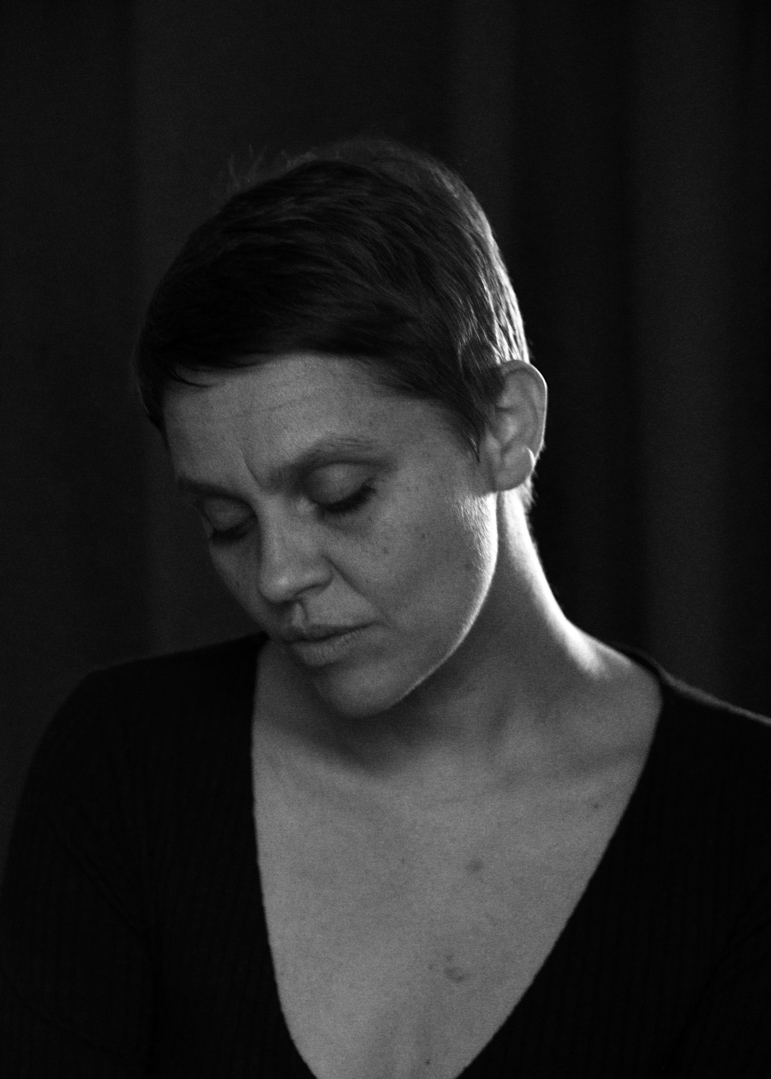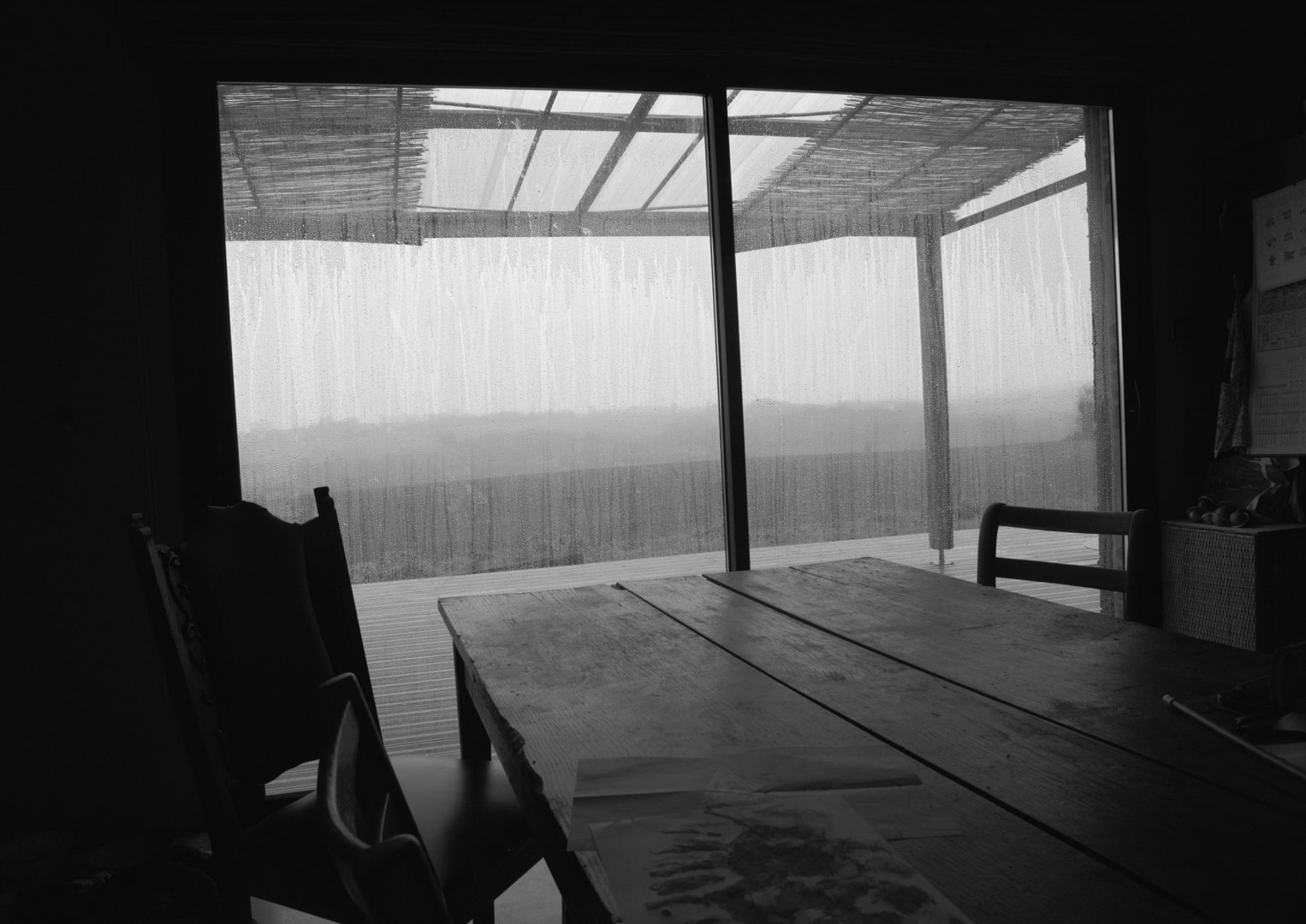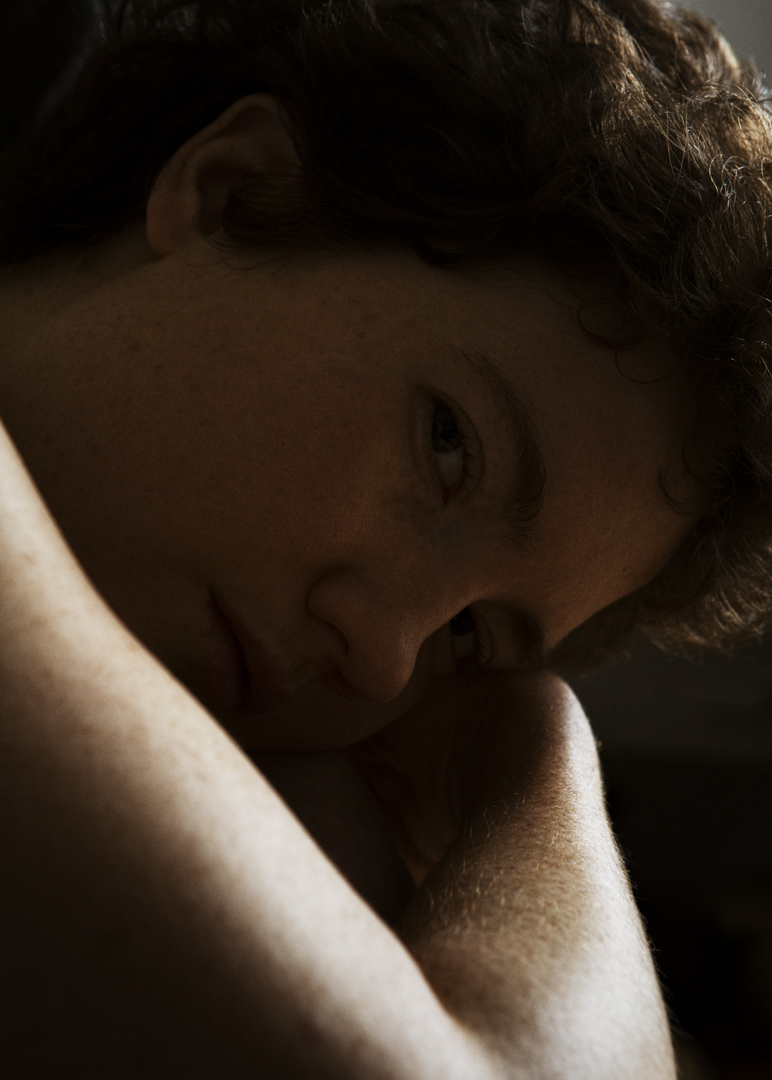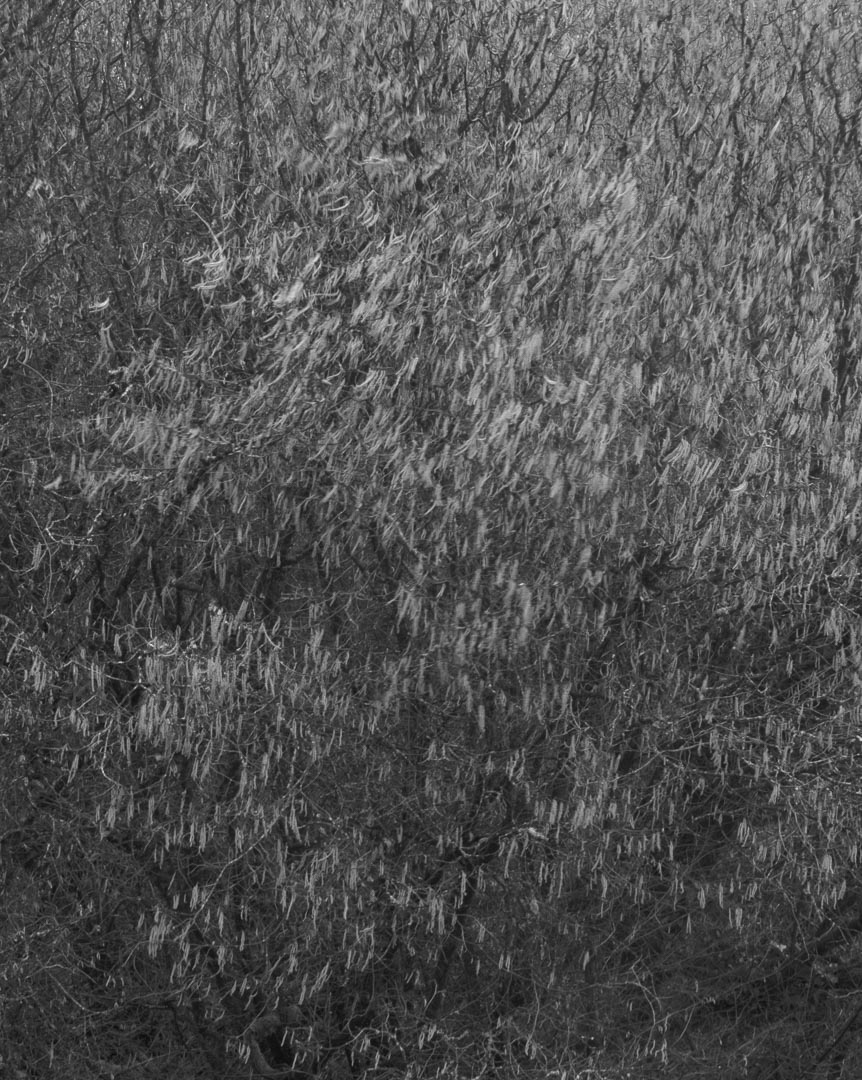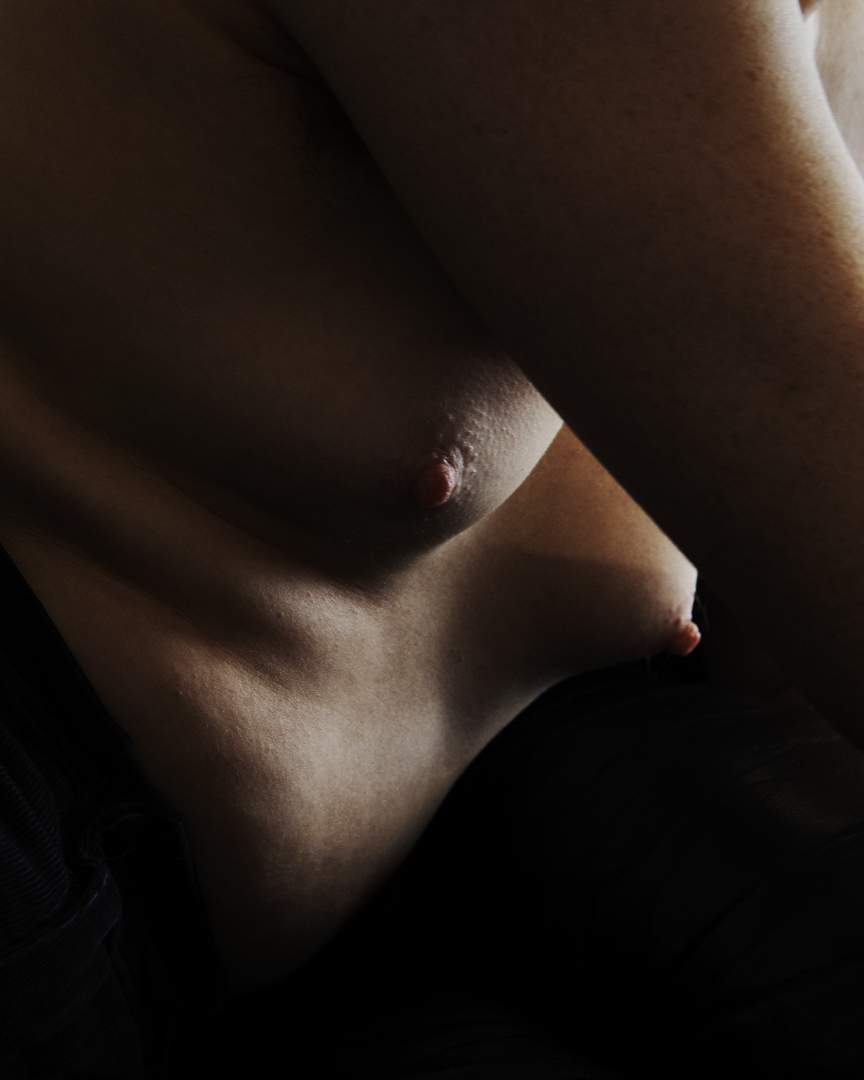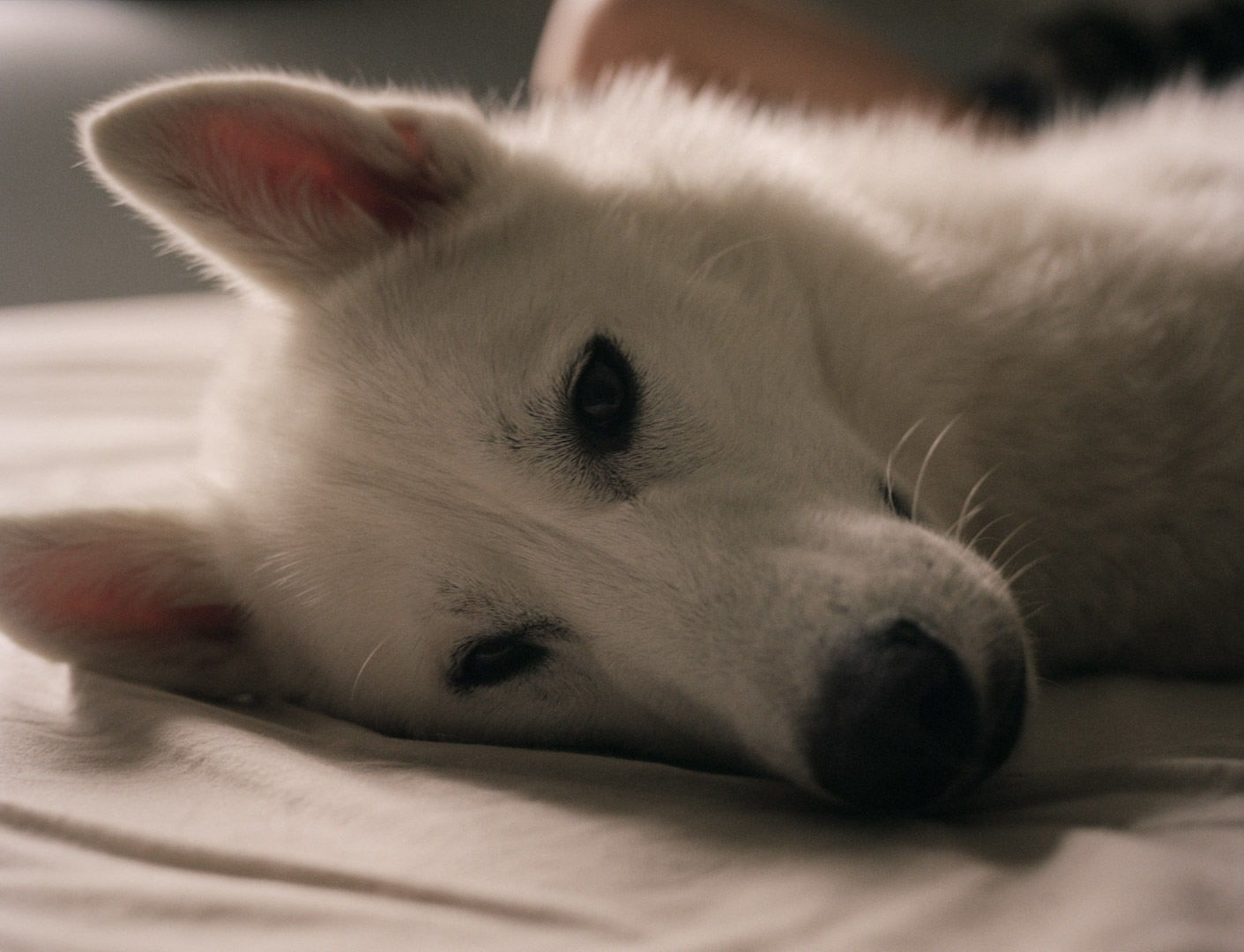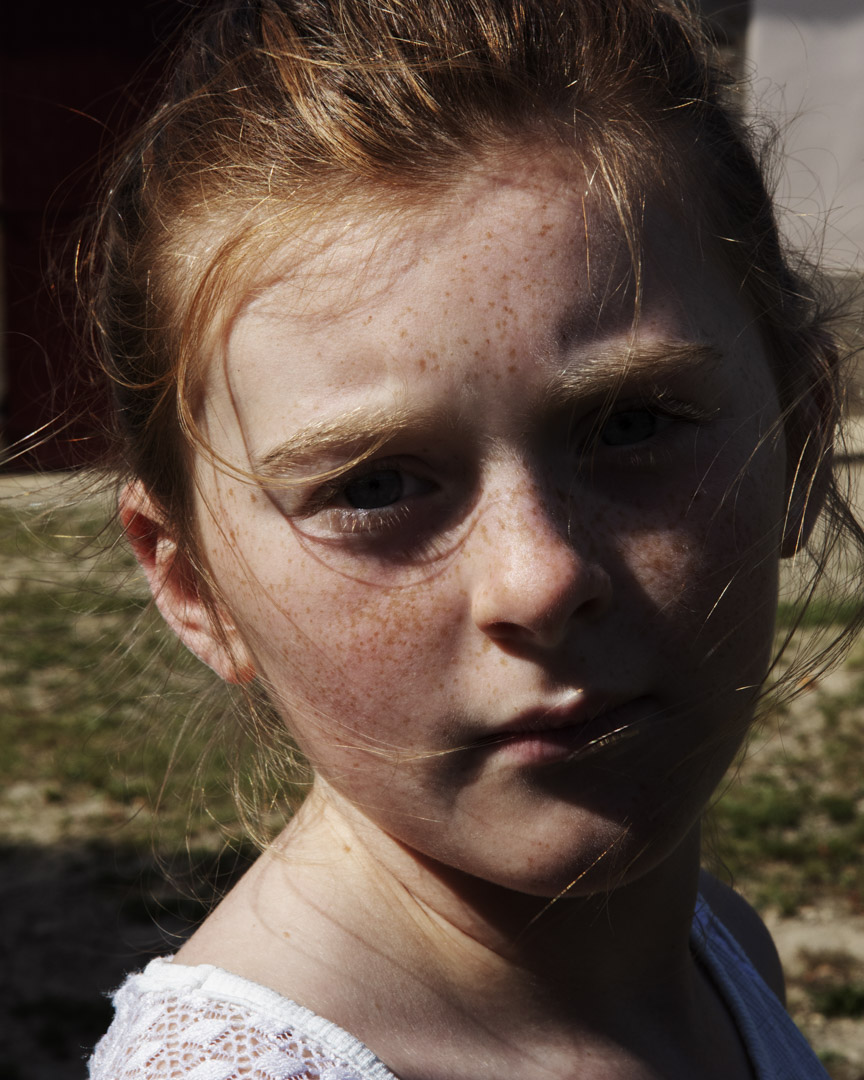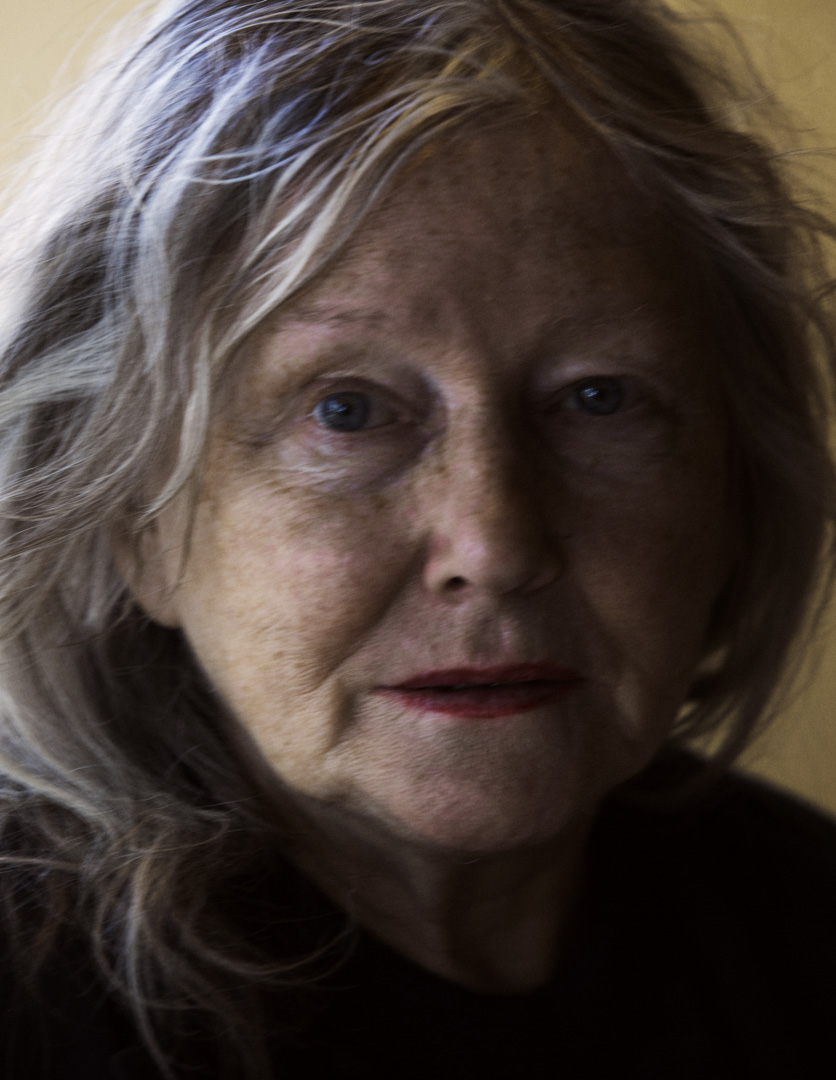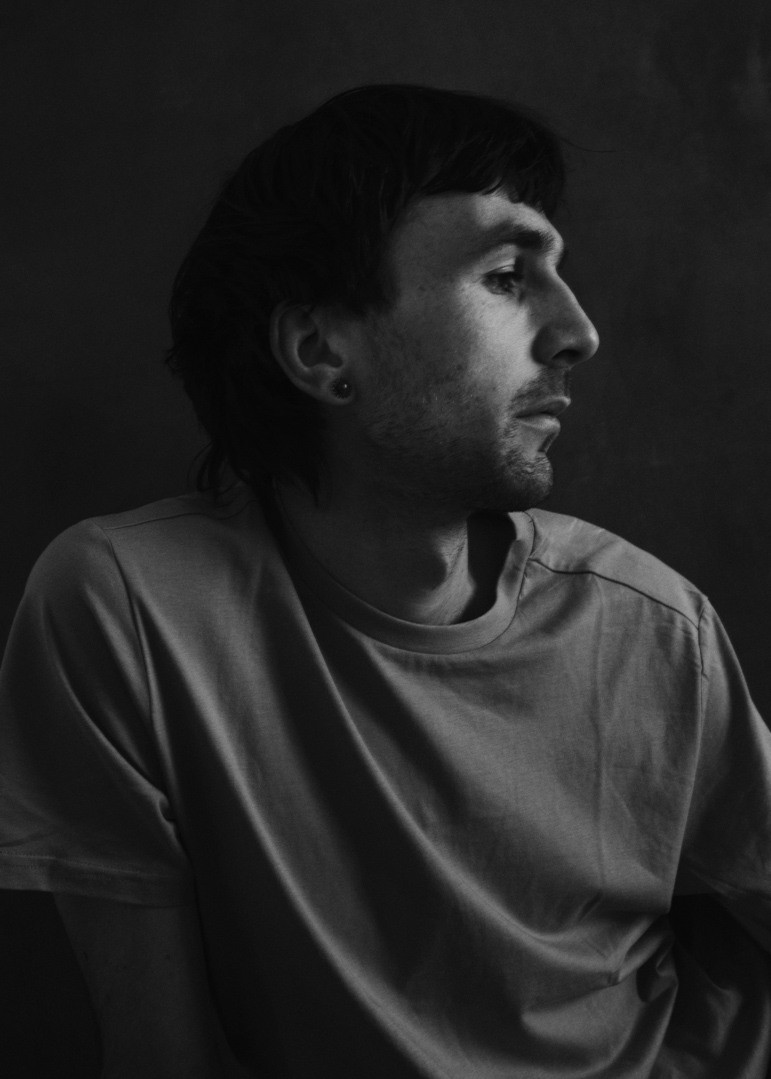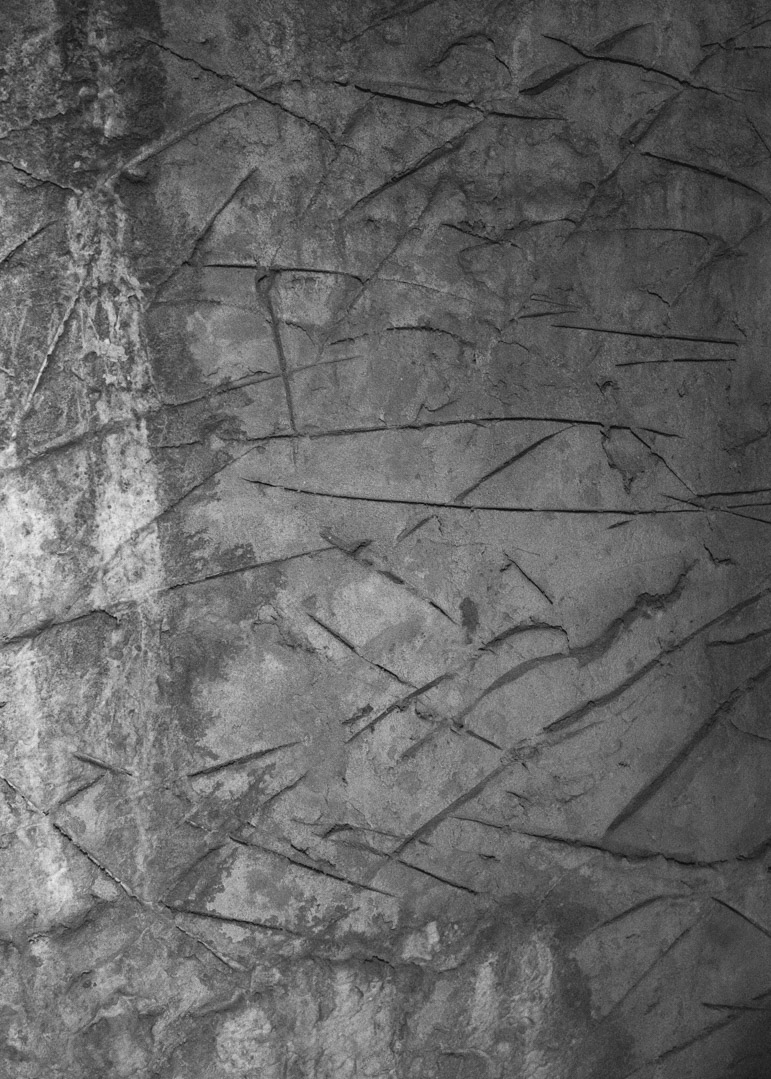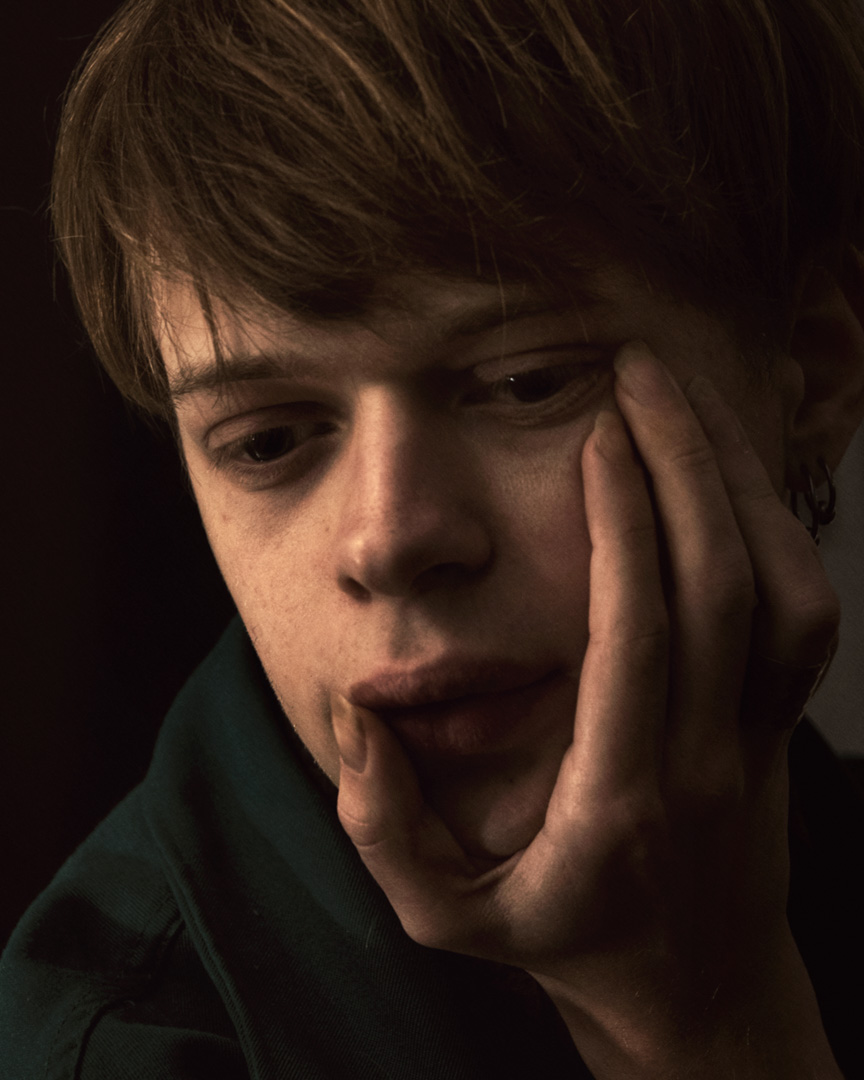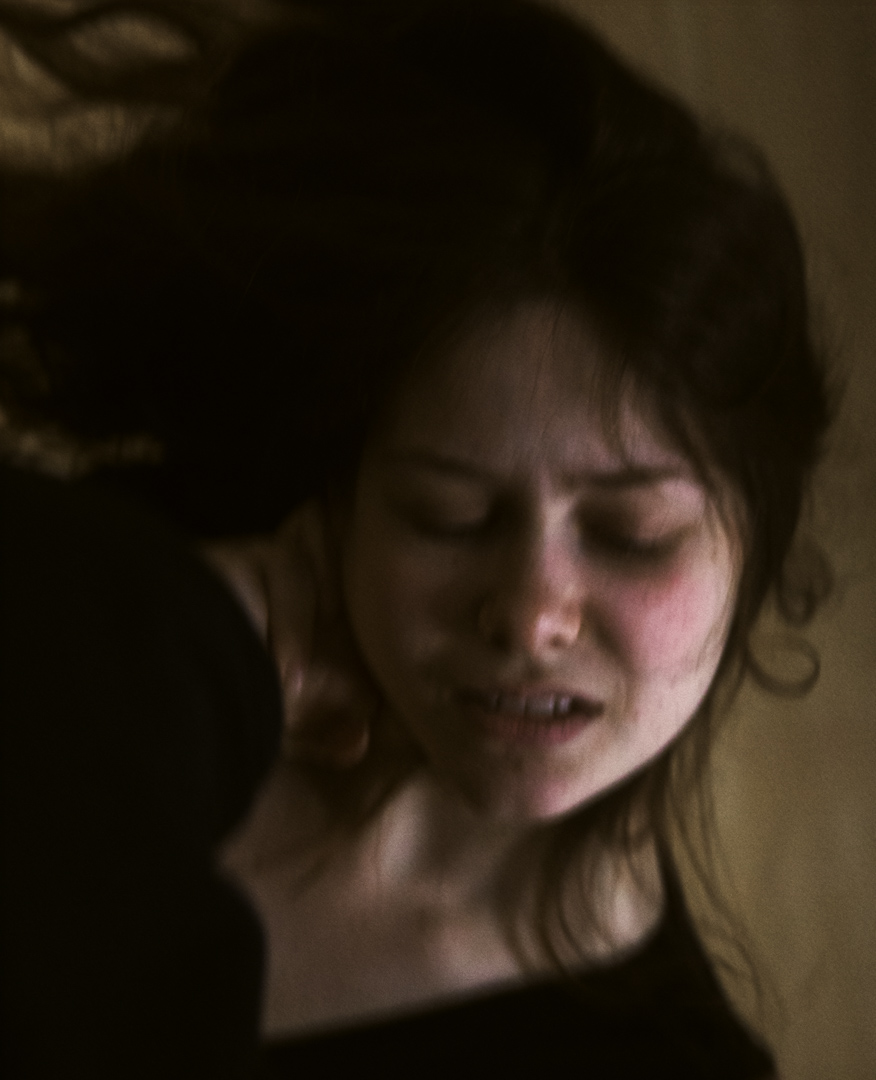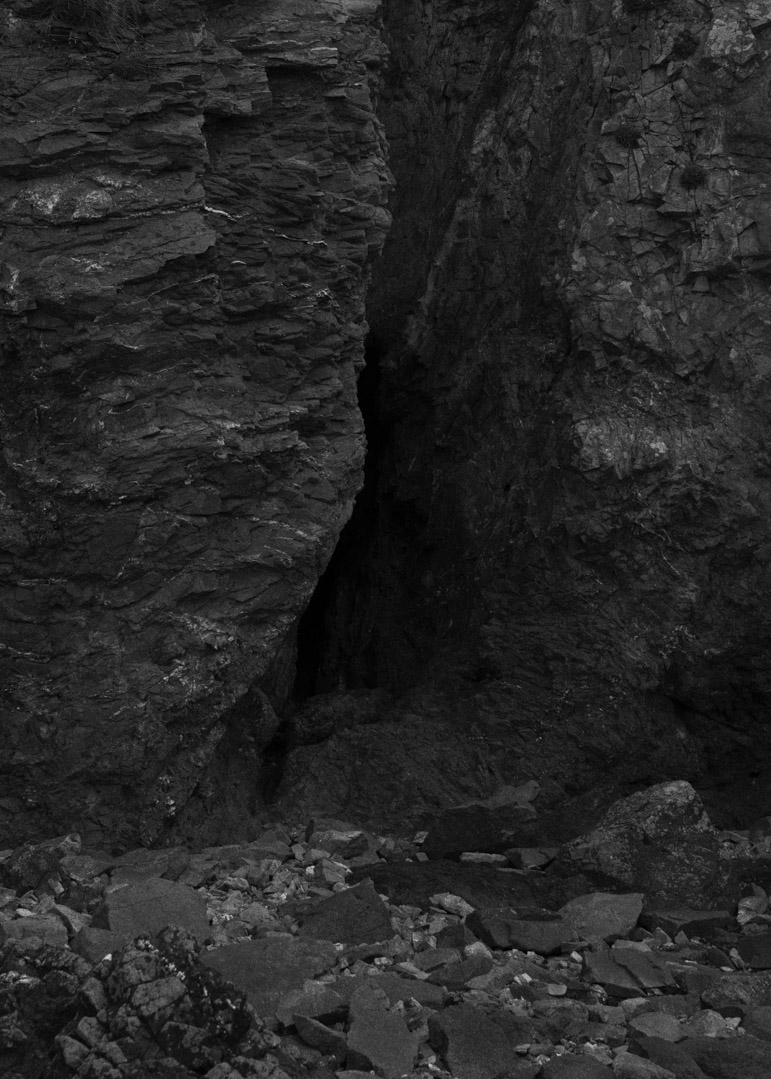Les Hautes Solitudes, 2021-2022
Following an invitation from the Champs Libres/Musée de Bretagne in Rennes to produce a new series in Brittany, I chose to work on Brest, my native city in which I have never lived. I discovered it during my successive wanderings, my erratic observations, in a phenomenological approach by exploring its different strata, through lived time, historical, geological and military time. It is a semi-circular city that turns its back to the sea, where yellow and grey stones have been piled on top of buried ruins. Brest is white in the light, a little cubic and drafty. It is a city apart, detached from the world like a peninsula. The incessant transformation of the maritime mood inevitably influences the temperament of its inhabitants.
I’m going back there now that it seems a little more familiar, that there has been a sort of mutual recognition between it and me, I still have a lot to see, to review, and to look at, more closely.
“Nolwenn Brod takes us by the eyes. Through her photographs, we perceive that a place is not made by clichés and picturesque sites, but by the singular organisms, animals and humans that inhabit it, as much as the walls, the rocks and the air. They vibrate and cohabit together: “everything intertwines and responds to each other, the sweat of the armpit resonates with the oozing of the underground rocks, the hair that crosses the faces tangled by the wind draws the same lines as the black seams on the stone of the roz, the warm breath of the dog to that of the soft and tepid nape of the neck of the child.” Falling on, falling in love, rather than trying to overhang by a vain objectivity: such is her approach.
Something of the presence of singular beings catches her eye. Reminiscences, references or obsessions, an image imposes itself. The desire to obtain it provokes an encounter. Photographed in the privacy of their homes, or on the fly, the individuals who respond to this request agree to be directed by the photographer. Sometimes a little jostled, “they let themselves be led, seduced, perhaps“. The diversity of bodies and attitudes is embraced without reserve. The images show magnificent personalities of uniqueness, and allow fragility, flamboyance or dull darkness to shine through, while none of their secrets are revealed.”
Text by Magali Le Mens, art historian of the contemporary period.
“Poetics of the sensible body, of the body in transition. This is not a transition linked to gender, but rather to movement, to epiphanies.
Several series are exhibited in the course, an older one Ar gouren, et autres visions (2011-14) made with Breton wrestlers, a short film inspired by the fight of the Angel and Jacob accompanies this series. This film marks the transition to Nolwenn Brod’s latest work.
Les Hautes Solitudes, is a series of images made in Brest as part of a creative residency with the Champs Libres in 2021/22. This series is followed by a second short film, Qui chante les lèvres fermées, (2022) a fiction of 16.20 min which once again punctuates the journey of images. The scenography is constructed in this way, in pairs, two pairs of images, some still, others in movement. The movement underlines the revelation. By juxtaposing the two, the still images and the moving images, the whole becomes animated and mutually reinforcing. It is about struggling bodies, bodies that are revealed by stillness, mineral that is embodied and flesh that is barely warmed by the light and the caressing gaze.
Every body, almost all of them, are caught in a twisting movement that freezes a pure moment of ecstasy.
A closed arm emphasises a slender face, a lamb softens the taciturn gaze of a child. The same is true of the grass eating the rock or of a child abandoning herself to the firm hand of an adult. The whole is covered in flesh tones that soften a slightly harsh light. The form is the background that rises. The inner torments are embodied in the twists of the skin. The first works attest strongly and directly to this with these wrestlers’ bodies. The look and therefore the form evolve. The bodies become more supple, they are less caught up in an external contradiction or conflict that used to carry them. The bodies, the flesh, become somewhat looser. The formal ensemble becomes rounder. A look asserts itself more directly. However, if the internal torments become rarer, they do not disappear for all that.
The second film in the exhibition is a strange round in homage to those lost at sea. The living ritualise the acceptance of the loss. The images are all marked by the sensibility of touch, the fabrics, the bodies worn or touched. Unknown shots are interposed in the ritual. A look emerges. So there is a person behind all this. If she is invisible, her eye, her sensitivity is reflected in her images and inevitably reaches the viewer.
Rock mixed with flesh.
The organicity of the print and its sensuality, some images are strongly marked by a Pre-Raphaelite vision, carries a dialectic of the consolation of torments and perfect measure. The whole picture is the result of an eye that is concerned with the people and places seen, and which, through the prism of the still or moving image, wishes above all to merit and return the trust obtained. There are photographers who obtain images of others and photographers who offer an image of themselves to others. The difference may seem small. In reality, Nolwenn Brod’s images are firmly in the tradition of photographers who do not steal images. The images are made with the other. One is nothing without the other and especially not the author of images. The plastic research that underlies the actorial gaze is situated in the way of being attentive to the vibrations of the other as much as being attentive to oneself.
As mentioned above, in addition to discovering a body of sensitive and aesthetically strong images, there is something else moving in walking through the exhibition, one perceives a gaze that is evolving and asserting itself, focusing less on the chaotic assembly of bodies than on the visual transcription of a possibility of being. The gaze approaches and focuses on what is naked. A nudity that is sometimes carnal, but also and above all a feeling of purity that settles in and goes to the essential. The visual dialectic is also refined. The being seen is married to the being seen at the moment.
It is moving.
The curtain opens and it is to be seen.
Sadreddine Arezki
